Embarking on the journey of buying from Alibaba and reselling on Amazon opens a gateway to a world of opportunities and challenges. In this blog, we explore the following 5 key points.
- Why choose Alibaba to buy products?
- What are the best niche products for Amazon newbies?
- What kind of suppliers match your business?
- Request as many samples as possible
- How to ensure the quality of your finished products?
- How to list your product?
- How to ship from Alibaba to Amazon FBA?
- Alibaba vs Jingsourcing
- Further questions and answers
Why choose Alibaba to buy products?
In China’s wholesale websites, Alibaba offers the widest range of products, with a user-friendly interface and multiple payment options, catering to most buyers’ needs. Despite its many shortcomings, it remains a good choice for importers.
What are the best niche products for Amazon newbies?
Doing business on Amazon isn’t easy these days. If your initial product choice isn’t strong enough, no matter how much money you spend on marketing later, it’s hard to make it work. So, choosing the right product accounts for about 60% of your success. Therefore, don’t just browse on Alibaba until you’ve figured out what products you want to sell. You need to first determine the category of products you want to sell.
For larger sellers with ample funds, they have many options for product selection and their own product selection team and strategies, so we won’t discuss that here. Here, we mainly focus on the product selection for small sellers.
For small beginners, it’s not recommended to develop new products from scratch. Because not only is the development cost high, but your product idea may not align with consumer demand. It’s advisable to start by purchasing existing products to sell, gaining a better understanding of the products and market before developing new ones. Most of our successful clients started this way. Here is a real case from our client Mazin. His idea is similar to many startups’, and you’ll see how we helped him save 90% on costs.
From our successful client cases, the two most common methods are making bundling products and focusing on a small niche.
Bundling products means sellers combine two or more related or complementary products together. This makes it easy to stand out, and these products are already in the market, so you don’t have to worry about customizing them. It’s really great for beginners with limited budgets.
For example, the website Free People offers many gift sets. One of them is the “Hiking Bundle,” which includes six items: a jacket, a base layer, hiking pants, socks, a brimless beanie, and a water bottle. Customers can buy this bundle as a gift for friends who love hiking.
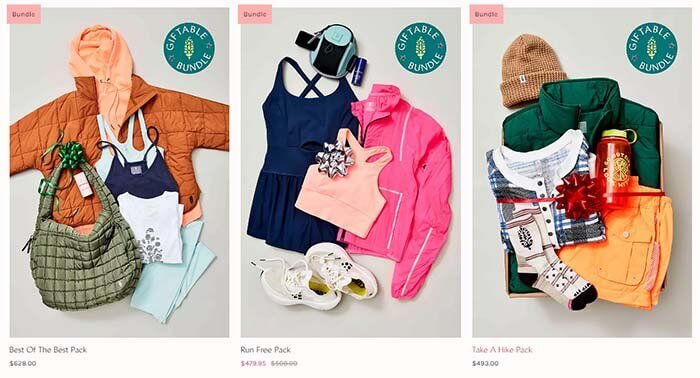
Small niche products are great for sellers who want to do simple customization. A niche can be a specific group of people or a particular use case. For example, we have clients who make diabetic socks, targeting diabetic patients, and others who sell eco-friendly laundry detergent sheets. These examples can give you great inspiration. For more cases, subscribe to our services.
What kind of suppliers match your business?
For beginners, finding a factory willing to cooperate with you is crucial. Factories usually prioritize large or long-term orders, and for new sellers with limited funds and small order quantities, they may not want to invest too much time. Especially when your order is small and you have many customization requirements, some factories may be reluctant to take on your order, and even if they do, the prices may be higher.
When you open Alibaba and type in search terms, you’ll see thousands of suppliers, which can be overwhelming. You might ask me if there’s a secret to finding a good supplier, and I’ll tell you, there isn’t.
Honestly, the process of finding suppliers is a great learning experience to become more seasoned. You have to contact numerous suppliers, communicate with them about details, and conduct some small trial orders before you find the right one. At the same time, this process is also your learning journey. You not only learn to deal with Chinese suppliers but, more importantly, you gain a deeper understanding of the products. Never give up on this step, even if it’s a bit challenging.
Request as many samples as possible
After finding suitable suppliers, you’ll need to request samples from several of them to compare prices and quality. The cost of the product can vary significantly due to differences in materials and craftsmanship. So, request as many samples as possible and strike a balance between price and quality. Remember, there’s no fixed highest or lowest price; the quality and price of the product go hand in hand.

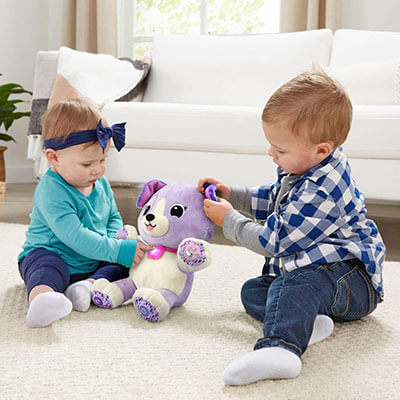
Also, once you’ve confirmed the samples, you can use them to take product photos for Amazon. Don’t wait until mass production is completed to start shooting. This will delay your product from being listed on Amazon.
How to ensure the quality of your finished products?
Even if you receive perfect samples, you can’t let your guard down. Many Amazon sellers often encounter situations where the final products they receive are different from the samples. So, during mass production of the product, stay involved and don’t let go. You need to stay in regular contact with the supplier, inquire about the current progress of the product, and request multiple-angle product photos or videos.
You can also enlist the help of third-party inspection companies. They will go directly to the factory to inspect for you and provide detailed quality inspection reports. Don’t wait until the final products are out to discover issues that could have been avoided during the production process. Otherwise, you’ll get into a dispute with the suppliers.
How to list your product?
After receiving the samples, you can start product photography. It’s best to create your Amazon store early, before the lead time and shipping time end, and prepare your product images and videos. This allows more time for post-production refinement. For details on registering an Amazon store account, please refer to this article.
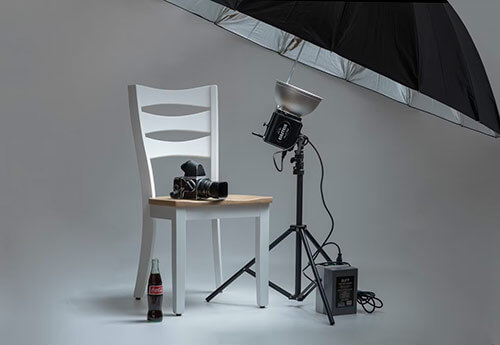

You can hire a photography studio in your own country or in China. However, in developed countries like Europe and the United States, labor costs are high, and you may spend hundreds of dollars on photography services. Hiring a photographer in China will be much cheaper, especially if you need live models. Many photography studios in China are very familiar with Amazon’s image quality standards and can complete the shooting quickly, even during the product sampling stage.
How to ship from Alibaba to Amazon FBA?
After mass production and quality inspection of your products, you’ll need to reserve an Amazon warehouse. You do this by creating a shipping plan on the ‘Manage Inventory’ page in your Amazon Seller Central account. You’ll fill in details about your inventory, shipping address, etc., and Amazon will assign you a warehouse. Then, you provide this address to your supplier or freight forwarder for shipment arrangements.
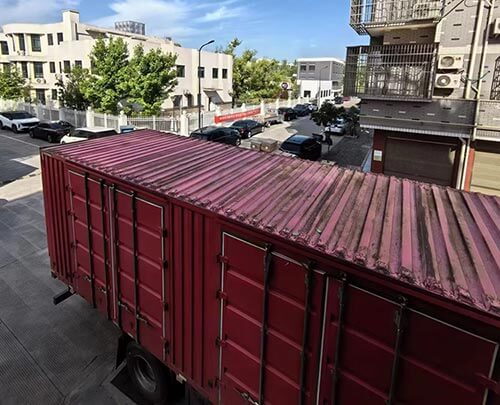
Alibaba vs Jingsourcing
Even though there are many suppliers on Alibaba, you might still feel frustrated because they often struggle to meet your customization requirements, and communication can be difficult. If you’re struggling because factories won’t accept your small batch orders, Jingsourcing can help you greatly.
We’ve helped over 1000 Amazon sellers source products from China over the past 10 years. We assist them in bulk customization, developing niche products at competitive factory prices, such as simple product modifications, color changes, logo printing, packaging, and even more complex customizations like developing entirely new products.
Moreover, we offer flexible quality control solutions, such as implementing rigorous 1-on-1 inspections and working with factories to resolve defective issues, ensuring there are no quality issues before your products arrive at your warehouse. Currently, our Amazon clients range from startups to large sellers who entrust us with product production follow-up and quality control to enhance their supply chain in China. Therefore, sourcing from Jingsourcing is a better option nowadays, especially for startups.
FAQ
1. What payment methods are available on Alibaba?
Bank transfer, PayPal, credit card, TT wire transfer, check.
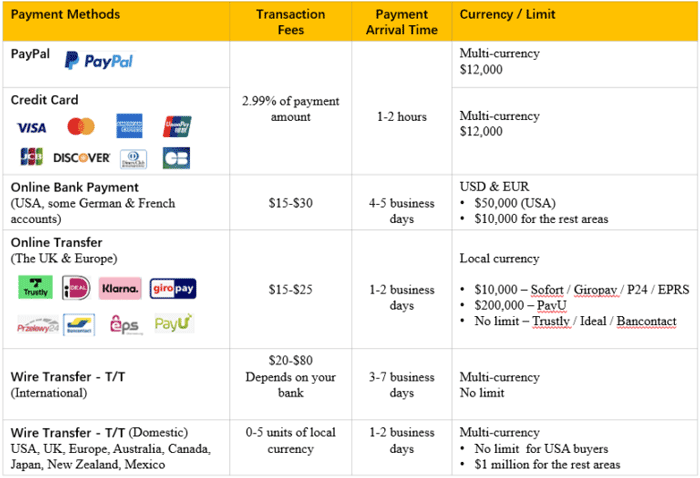
2. Can I use Alibaba pictures on Amazon?
Yes, as long as you have permission from the supplier, you can use Alibaba images on Amazon as your product photos. However, we don’t recommend it because it’s highly likely that you’ll come across others using the same photos, and you need your products to have a unique style.
3. Can I ship from Alibaba to Amazon FBA?
Yes. After you apply for an Amazon warehouse, you can ask your supplier or freight forwarder to ship your products to Amazon FBA.
4. How to dropship from Alibaba to Amazon?
- Amazon customers buy your product.
- You send the order information and shipping address to the Alibaba supplier.
- The supplier ships the product directly to the customer.
- You update the order status to “Shipped” in the Amazon Seller Central.
The main difference between Amazon FBA and dropshipping is that with Amazon FBA, sellers need to purchase inventory, which carries the risk of inventory backlog, while dropshipping does not require it. On the other hand, Amazon FBA makes it easier to develop your own brand, but under dropshipping, sellers mainly sell existing products from suppliers, making it difficult to develop their own brand.

I couldn’t stop scrolling and reading, your content is truly one-of-a-kind. Thank you for all the time and effort you put into creating such amazing content.
I was suggested this web site by my cousin. I’m not sure whether this post is written by him as no one else know such detailed about my trouble. You are incredible! Thanks!